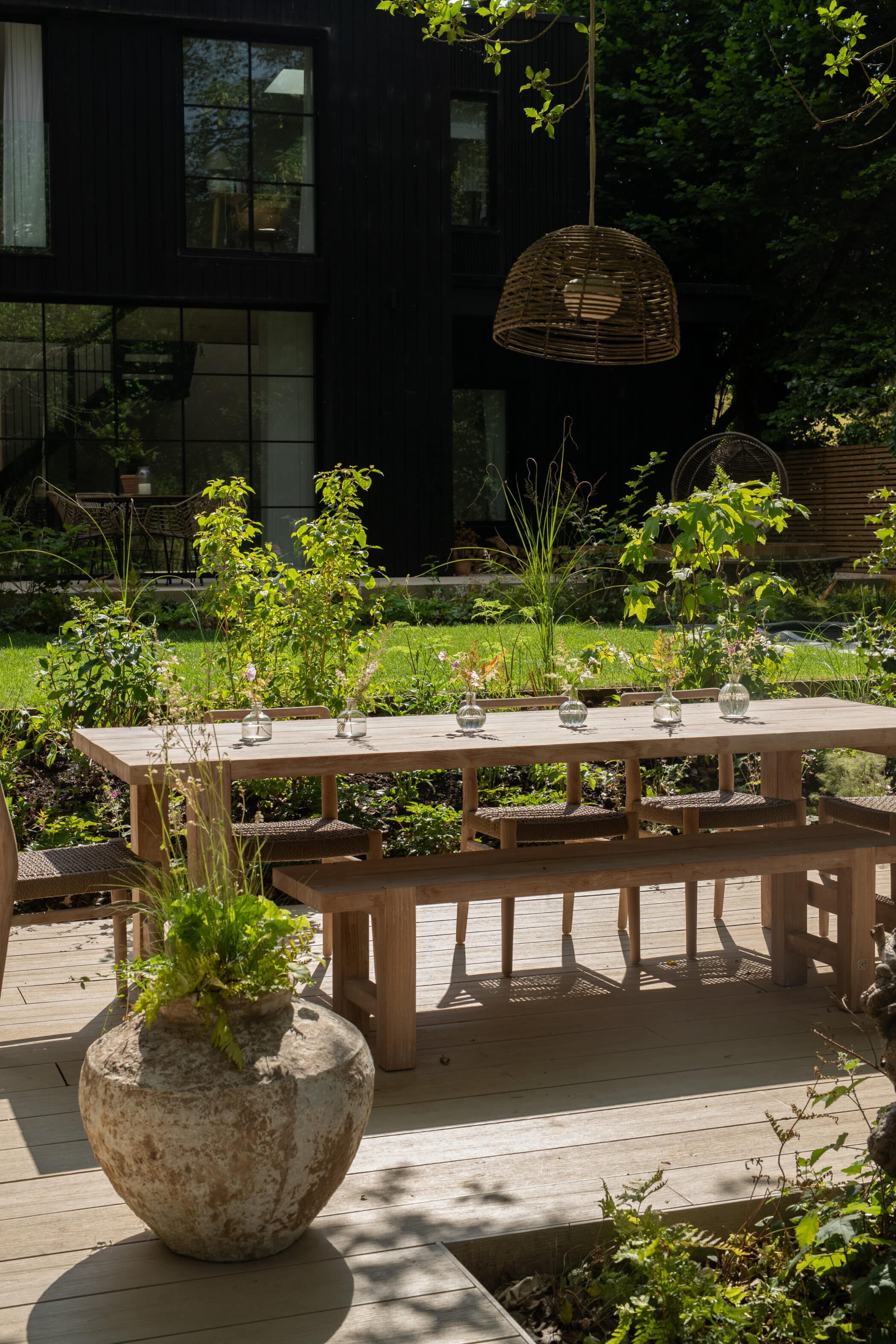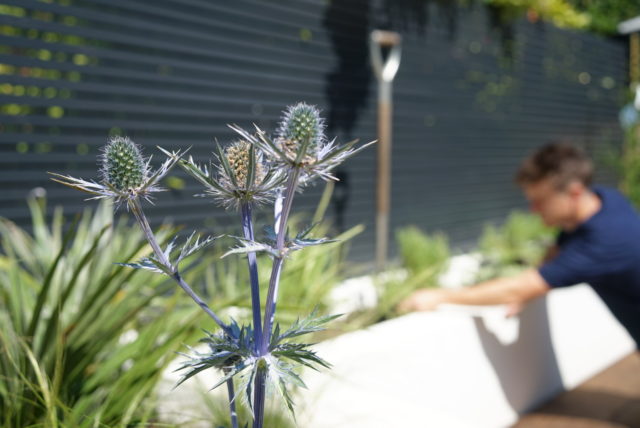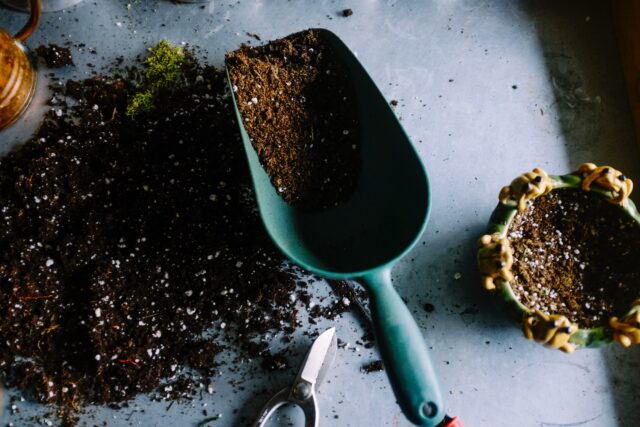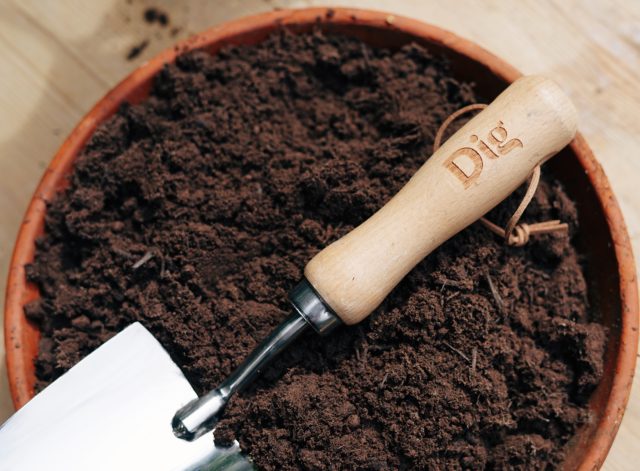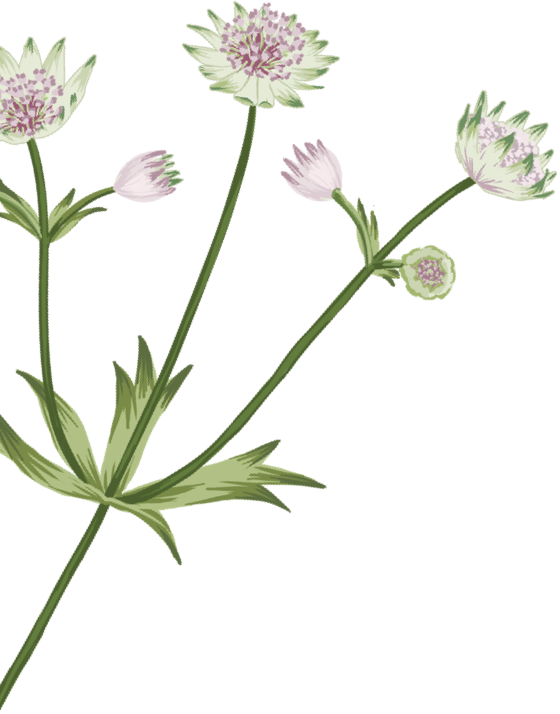Watering, watering, watering
The weather is hotting up at this time of year and, although we’ve experienced some heavy rain recently, if the soil is dry when it rains that rain water can simply run off. It’s still very important therefore to water your plants regularly and deeply to ensure that the roots are getting the nutrients they need. If you’re unsure whether you’re overwatering, check the soil a few inches down. If it’s sodden, then you’re in the clear. If not, time for a drink. Try to use a watering can where possible – this really does help reduce water wastage.
Deadheading
Deadheading is the process of removing ‘spent’ or finished flowers, which helps to encourage new blooms. This is especially important for plants that flower continuously like roses, geraniums, and petunias.
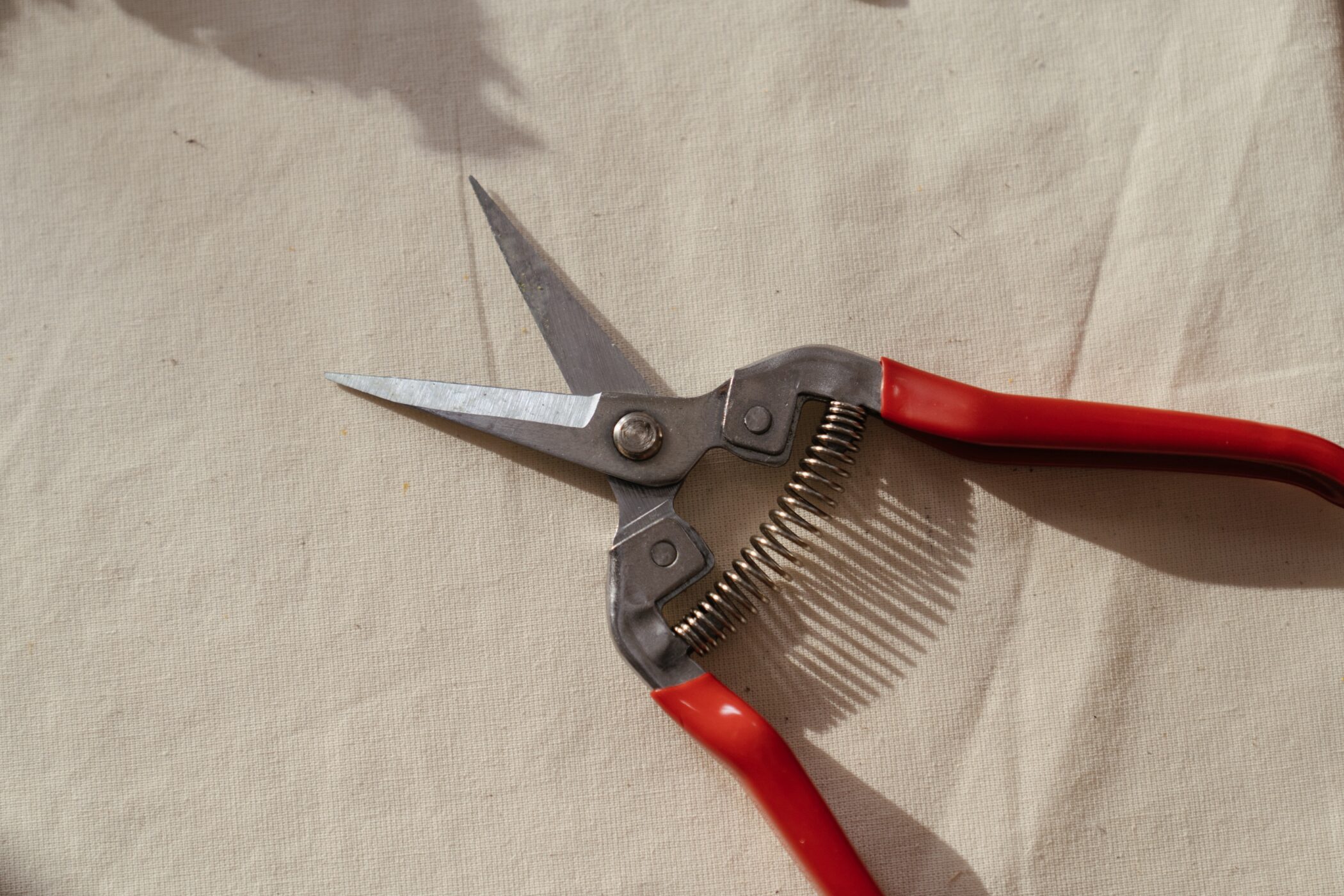
Insects
We never, ever recommend using pesticides to control insects. The way we see it, insects are an integral and natural part of gardening and all part of helping sustain an healthy eco-system. Nonetheless, it can still be quite frustrating if your plants are getting eaten. Happily, there are a few environmentally-friendly techniques you can try and the Royal Society for the Protection of Birds (RSPB) has compiled a useful list of the best organic methods for ‘pest’ control here.
Birds are excellent pest control partners because they feed on many of the insects that make gardeners’ lives more challenging. The more birds you can encourage into your garden with food and shelter (from bird boxes to hedging) the fewer plant-eating insects you’ll need to worry about. Nature will look after itself.
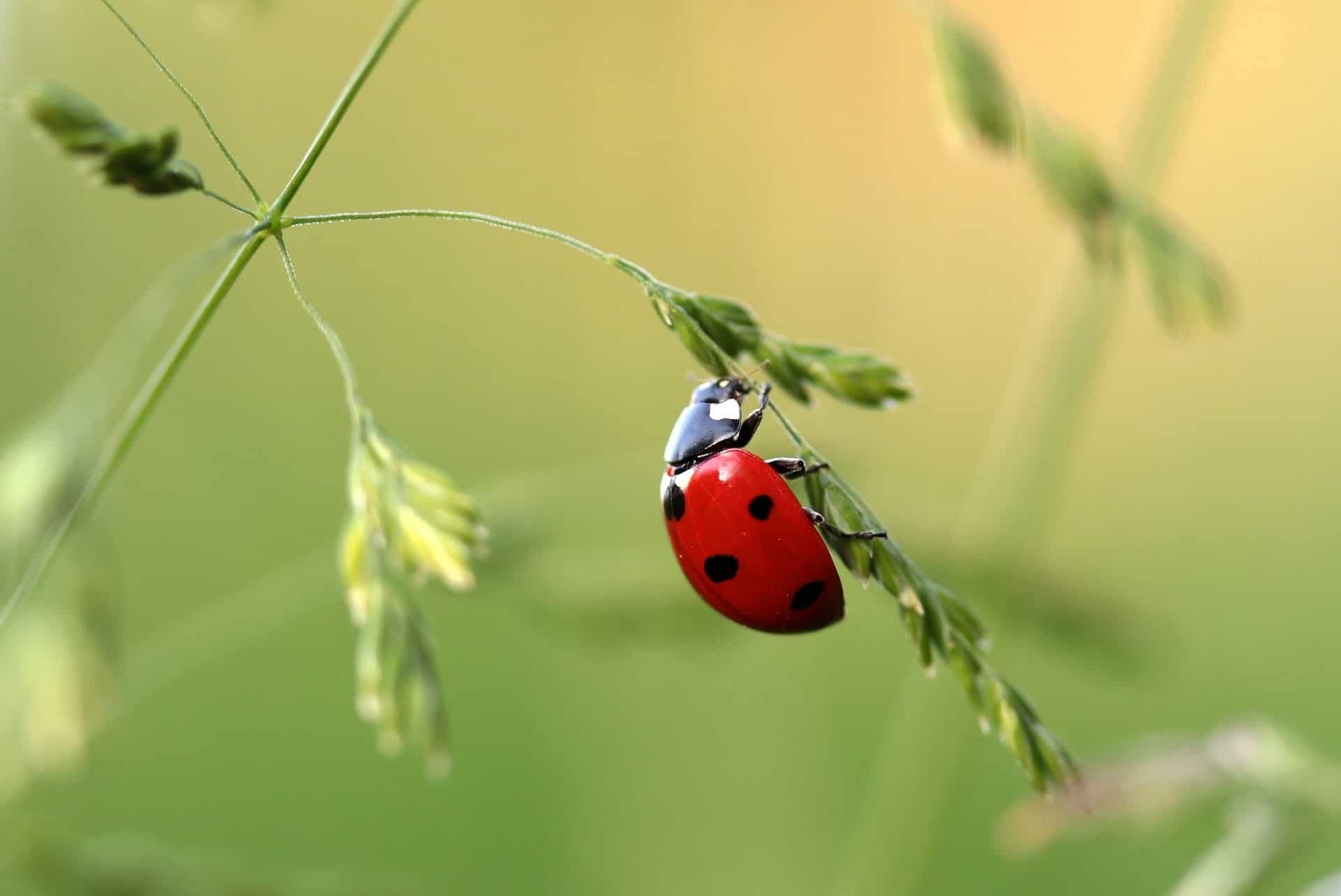
Want to try growing vegetables? Start with lettuce
Lettuce is ludicrously easy to grow and you can plant our seeds as late as as late July for summer and autumn crops. The great thing about lettuce is that it comes in plenty of varieties, and you can grow it in pots, window boxes and other containers with ease. For maximum success, plant them in pots that sit in light, dappled shade as hot temperatures can sometimes stop seeds from doing their thing. When it comes to varieties, we recommend starting with a ‘leaf lettuce’ like a romaine, rather than a ‘head lettuce’ like a butterhead as they’re better for continued produce rather than one single head.
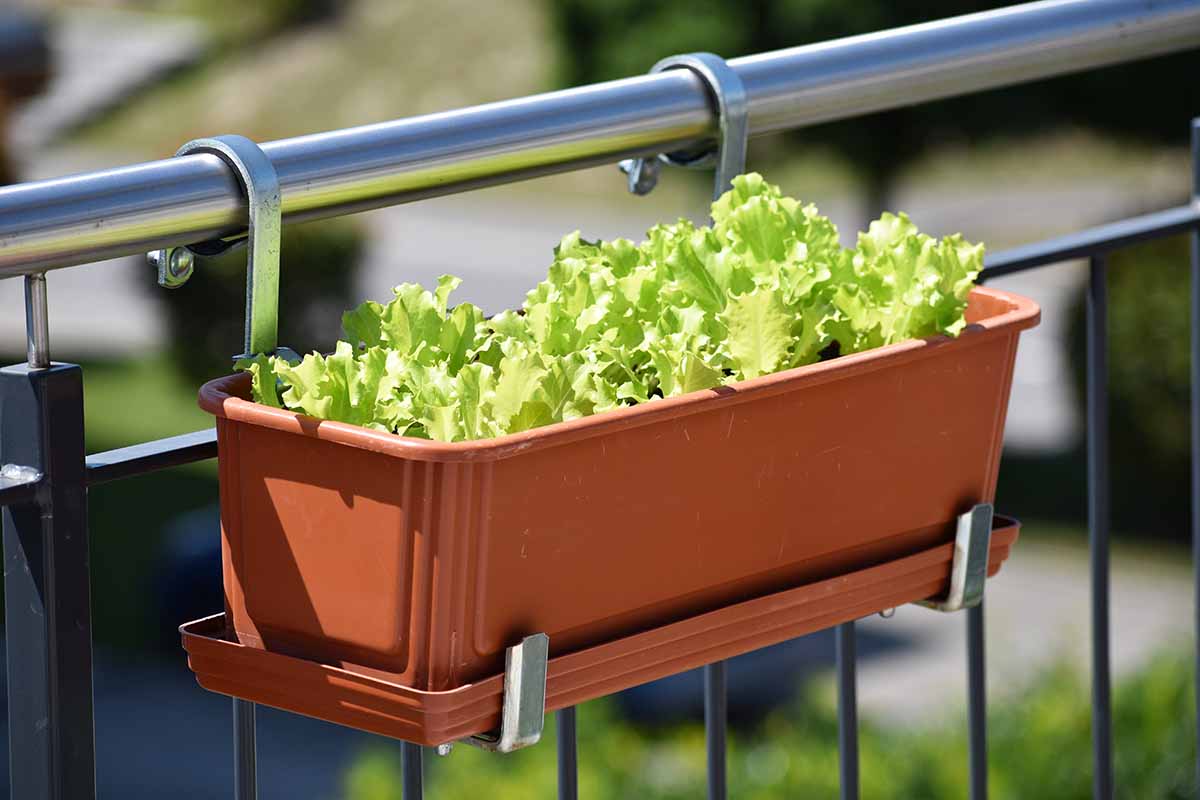
Freshen up pots
Not all plants work all year round and so if you planted up pots earlier in the year and have noticed that some of your plants have slowed down or simply died, you can swap them out with fresh, flowering annuals to keep the display looking its best. Annuals are cheap, and easy to track down – with many supermarkets now selling as wide a variety as smaller garden centres.
Look after your tools
July is a great time to give your garden tools a once over. With warmer weather, tools will dry quickly after washing, helping to ensure that mechanisms are free of water before lubricating and protecting them with some standard 3 in 1 oil. If you have a trusty Dig trowel, now is also a great time to give it a clean, and perhaps even oil the handle to help prevent any splinters or cracks. Use a different oil for this though – linseed is a good option – and simply work it into the handle using a piece of kitchen roll. (The same goes for any other tools with wooden handles too of course!).
Gritty business
Horticultural grit is an excellent addition for pots. It helps keep the moisture in the soil and keeps things looking smart too. Every garden centre ought to sell horticultural grit, but we also love a new company called Shell On Earth who make horticultural grit out of recycled whelk shells and sell their brilliant product in lots of different quantities depending on your need.

Trim Lavender
Lavendula, or Lavender, will be flowering away at this time of year with its fragrant purple bee-magnet blooms. If you notice some flowers have faded, now is a great to snip them off at the bottom of the stem. You can tie them into a bunch to hang upside down, after which they look great in a vase. This also helps keep the plant looking nice and healthy.
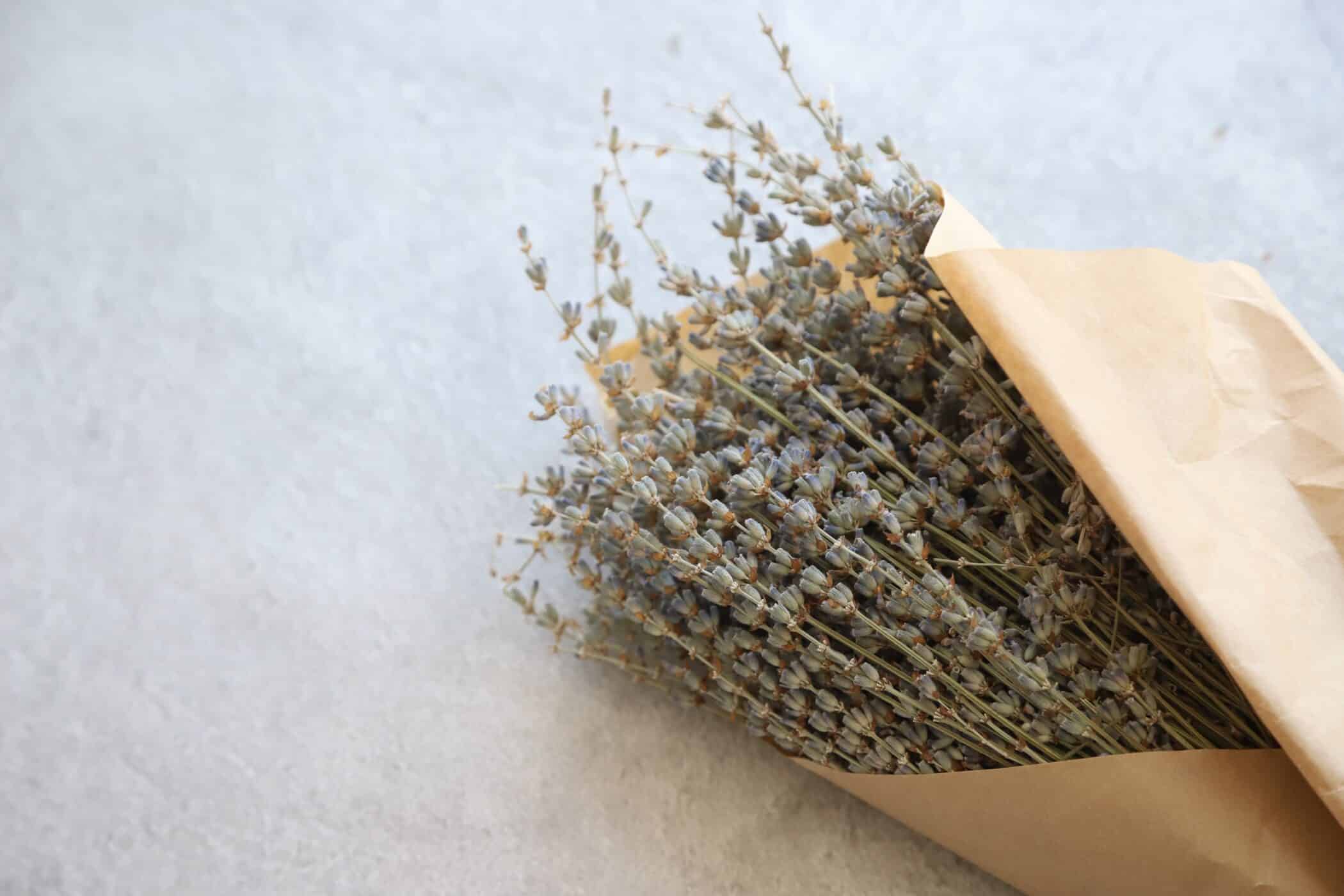
Dramatic Dahlias
Our Adventure theme has Dahlias as a key hero plant, but they’re a great addition to any sunny garden and come in smaller varieties that work well in pots too. To have the best chance of big blooms, snip off side-buds so that the plant focuses all of its energy into fewer, bigger flowers. If you want more, but smaller, flowers, then leave it to do its thing!
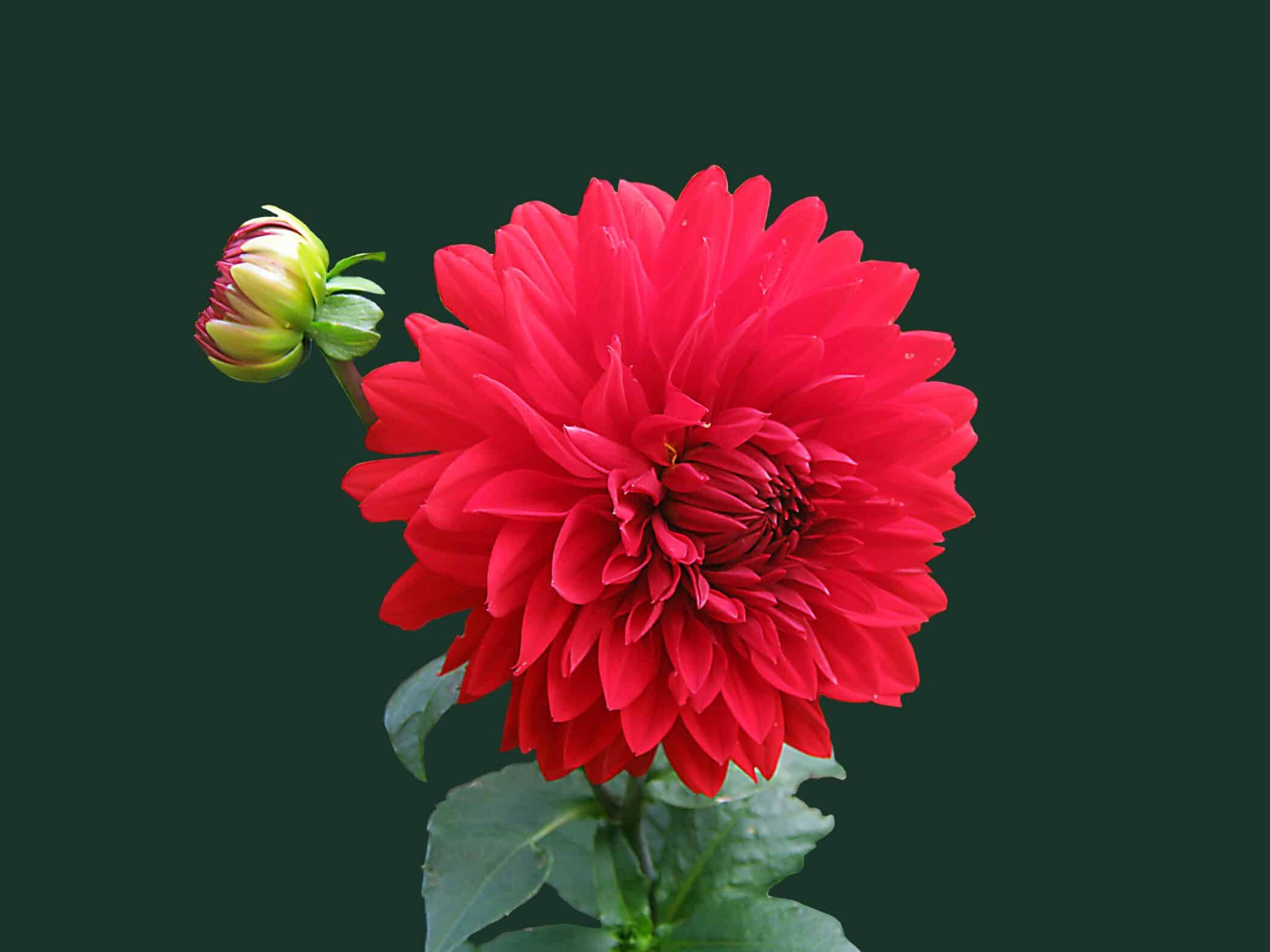
Prune Wisteria
July and August are the perfect time to prune back your Wisteria to encourage more flowers. Cut back the leggy, lengthy shoots to approximately five leaves or so – once its finished flowering, which it should have by now! This helps to keep it looking neat, stops it taking over the side of your house, and will ensure more blooms next year. Wisterias also need pruning in winter – so we’ll see you in six months for that top tip!
When to hold back
Though it can be tempting to smarten up your garden with a bit of light pruning at this time of year (especially with our previous Wisteria tip in mind) not everything benefits from it. Hold back on pruning Buddleia (another hero of our Adventure theme), Hydrangea (which will have started flowering now and so pruning will not only damage the plant but also lose you all those wonderful flowers – better to do this in late winter).

